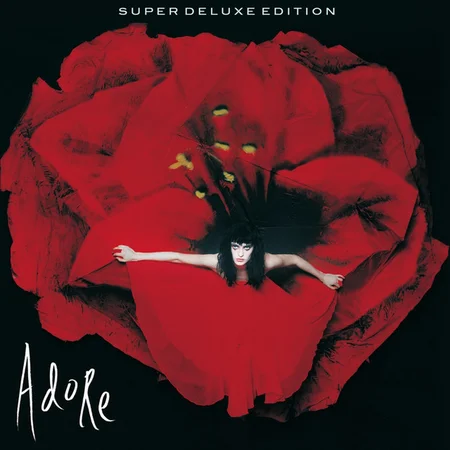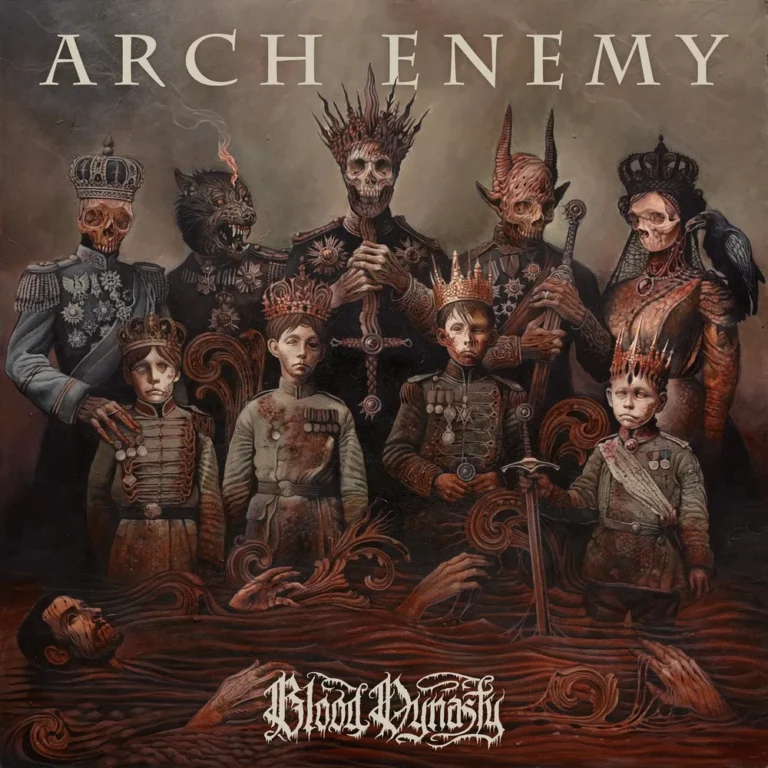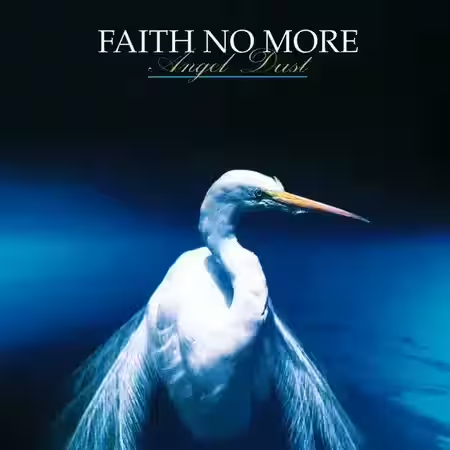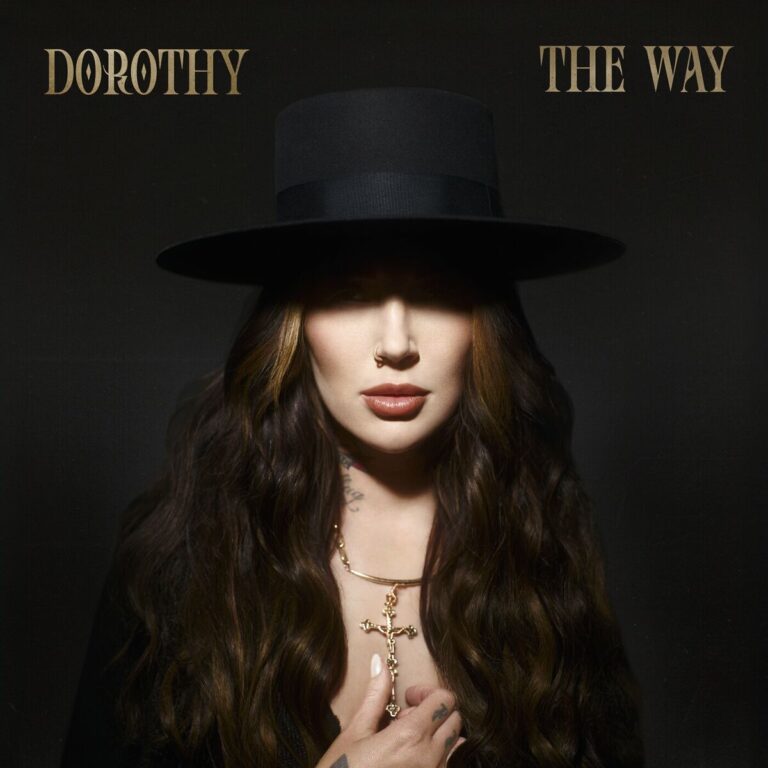
Introduction
In 1998, The Smashing Pumpkins released “Adore”, an album that marked a significant shift in their musical direction. The band, known for its heavy guitar-driven sound, embraced a more electronic and gothic rock style with this release. This transition was not just a stylistic change but a reflection of the personal and professional turmoil within the band. “Adore” stands as a testament to the band’s resilience and willingness to explore new artistic territories, despite the challenges they faced.
This article delves into the making of “Adore”, its recording process, commercial performance, and its lasting impact on music and culture. We’ll explore the genesis of the album, the intricate recording sessions, and the band’s promotional strategies. Additionally, we’ll analyse the album’s tracks and their meanings, and examine the critical reception and legacy of “Adore”.
| Attribute | Details |
|---|---|
| Release date | June 2, 1998 |
| Album title | Adore |
| Genre | Electronic rock, Gothic rock, Art rock, Synth-pop, Industrial rock |
| Total runtime | 73:25 |
| Number of tracks | 16 |
| Record label | Virgin Records |
| Recording studio | Sunset Sound, Village Recorder, CRC & various studios |
| Producer(s) | Billy Corgan, Flood, Brad Wood |
Despite not achieving the commercial success of its predecessors, “Adore” has gained a cult following over the years. Its influence can be seen in the work of many artists who followed. Billy Corgan once described the album as “a band falling apart”, yet it is precisely this raw emotion that gives “Adore” its enduring significance.
The Genesis of “Adore”
The late 1990s were a tumultuous time for The Smashing Pumpkins. Following the massive success of “Mellon Collie and the Infinite Sadness”, the band faced internal strife and personal challenges. Drummer Jimmy Chamberlin’s departure and frontman Billy Corgan’s personal losses deeply affected the band’s dynamics and creative direction. As a result, the band sought to reinvent themselves with “Adore”.
Prior to “Adore”, The Smashing Pumpkins had established themselves as a force in the alternative rock scene with albums like “Siamese Dream”. Their sound was characterised by heavy guitars and introspective lyrics. However, the band’s experimentation with electronic elements on tracks like “1979” hinted at a new direction. This evolution set the stage for the more subdued and electronic sound of “Adore”.
The main creative force behind “Adore” was Billy Corgan, who took on the role of producer alongside Flood and Brad Wood. The album also featured contributions from James Iha and D’arcy Wretzky, with guest appearances by musicians like Joey Waronker and Matt Cameron. Corgan’s vision for the album was to blend folk rock with electronica, creating a sound that was both “ancient” and “futuristic”.
Below is a table listing the band members and their respective roles during the production of “Adore”:
| Band Member | Role |
|---|---|
| Billy Corgan | Vocals, Guitar, Producer |
| James Iha | Guitar |
| D’arcy Wretzky | Bass |
The album’s recording was financed by Virgin Records, with a substantial budget reflecting the high expectations following their previous successes. However, financial challenges arose due to the extended recording sessions and the band’s desire to experiment with new sounds and techniques.
The title “Adore” was chosen to reflect the album’s themes of love and loss. The artwork, designed by Frank Olinsky and Yelena Yemchuk, featured black-and-white photographs that complemented the album’s sombre tone. The cover image of model Amy Wesson added a touch of mystique, capturing the album’s ethereal essence.
Recording Process
The recording process for “Adore” was as complex as the album itself. Spanning from June 1997 to March 1998, the sessions took place in several renowned studios, including Sunset Sound and Village Recorder. These studios, known for their state-of-the-art equipment and rich history, provided the perfect backdrop for the band’s ambitious project.
Key personnel involved in the recording included producers Billy Corgan, Flood, and Brad Wood. Flood, known for his work with U2 and Depeche Mode, brought a wealth of experience in electronic music production. Brad Wood, on the other hand, had a background in indie rock, having worked with bands like Liz Phair and Sunny Day Real Estate.
While specific hardware details are scarce, it is likely that the studios used a combination of vintage and modern equipment. For instance, Sunset Sound is renowned for its custom consoles and vintage microphones, while Village Recorder boasts Neve consoles and an extensive collection of outboard gear. Below is a table outlining the likely equipment used during the recording of “Adore”:
| Equipment | Details |
|---|---|
| Microphones | Vintage and modern, likely including Neumann and AKG models |
| Consoles | Custom consoles at Sunset Sound, Neve consoles at Village Recorder |
| Compressors | Likely included LA-2A and 1176 models |
| Guitars | Various models used by Corgan and Iha |
During the recording, the band faced numerous challenges. The absence of drummer Jimmy Chamberlin led to the use of drum machines and contributions from guest drummers. Additionally, interpersonal tensions and Corgan’s perfectionism often slowed down the process. However, these challenges ultimately contributed to the album’s unique sound.
Both Flood and Brad Wood have extensive discographies. Flood, for instance, has worked on albums such as U2’s “Achtung Baby” and Nine Inch Nails’ “Pretty Hate Machine”. Brad Wood is known for producing Liz Phair’s “Exile in Guyville”. Below is a table listing some notable albums produced by these individuals:
| Producer | Artist | Album | Year |
|---|---|---|---|
| Flood | U2 | Achtung Baby | 1991 |
| Flood | Nine Inch Nails | Pretty Hate Machine | 1989 |
| Brad Wood | Liz Phair | Exile in Guyville | 1993 |
Commercial Performance and Reception
Upon its release, “Adore” received mixed reactions from fans and critics alike. While it debuted at number two on the Billboard 200, it did not match the commercial success of its predecessors. Nonetheless, the album sold 1.685 million copies worldwide, earning several gold and platinum certifications in various countries.
The table below lists the studio albums by The Smashing Pumpkins, highlighting “Adore” in the context of their discography:
| Album Title | Year | Sales Data |
|---|---|---|
| Gish | 1991 | 1,060,000 |
| Siamese Dream | 1993 | 5,685,480 |
| Mellon Collie and the Infinite Sadness | 1995 | 10,000,000 |
| Adore | 1998 | 1,685,000 |
| Machina/The Machines of God | 2000 | 920,844 |
In 1998, several other notable albums were released by similar artists, such as System of a Down by System of a Down, Diabolus in Musica by Slayer, and Garage Inc. by Metallica. These releases contributed to a vibrant year in music, showcasing a diverse range of styles and influences.
Despite its initial mixed reception, “Adore” has since been recognised for its artistic merit. It was nominated for the Grammy Award for Best Alternative Music Performance, further cementing its place in the band’s legacy. The album’s introspective lyrics and innovative sound have earned it a dedicated fan base and critical acclaim in retrospectives.
The year 1998 was also marked by significant events in the world of heavy music. Notably, Aerosmith became the first rock band to debut at number one on the Billboard Hot 100 with “I Don’t Want to Miss a Thing”. Additionally, the year saw the formation of numerous influential bands, including System of a Down and All That Remains.
Track Analysis
The singles released from “Adore” played a crucial role in defining the album’s identity. “Ava Adore” and “Perfect” were both well-received, showcasing the band’s shift towards a more electronic sound. These singles, along with their accompanying music videos, helped convey the album’s themes of love, loss, and transformation.
Below is a detailed table of the tracks on “Adore”, including their lengths and writing credits:
| Track Name | Length | Writing Credit |
|---|---|---|
| To Sheila | 4:40 | Billy Corgan |
| Ava Adore* | 4:21 | Billy Corgan |
| Perfect* | 3:23 | Billy Corgan |
| Daphne Descends | 4:39 | Billy Corgan |
| Once Upon A Time | 4:06 | Billy Corgan |
| Tear | 5:53 | Billy Corgan |
| Crestfallen | 4:09 | Billy Corgan |
| Appels + Oranjes | 3:35 | Billy Corgan |
| Pug | 4:47 | Billy Corgan |
| The Tale Of Dusty And Pistol Pete | 4:33 | Billy Corgan |
| Annie | 3:55 | Billy Corgan |
| Shame | 6:40 | Billy Corgan |
| Behold! The Night Mare | 5:13 | Billy Corgan |
| For Martha | 8:17 | Billy Corgan |
| Blank Page | 4:51 | Billy Corgan |
| 17 | 0:17 | Billy Corgan |
Note: Songs marked with * were singles. “Ava Adore” and “Perfect” were released as singles but specific chart data is not available.
Song Meaning and Lyrics
The lyrics of “Adore” delve into themes of love, loss, and introspection. Singles like “Ava Adore” and “Perfect” exemplify these themes, offering a glimpse into Billy Corgan’s songwriting process and the emotional depth of the album.
“Ava Adore” is a complex love song that explores the duality of desire and devotion. The lyrics, which include lines like “It’s you that I adore, you will always be my whore”, suggest a possessive love that borders on obsession. This song has been interpreted in various ways, with some listeners seeing it as a reflection on a toxic relationship, while others view it as a commentary on the nature of love itself. For a detailed analysis of “Ava Adore”, visit SongMeanings.
“Perfect”, on the other hand, deals with the themes of time and lost connections. The lyrics express a sense of nostalgia and longing, capturing the bittersweet nature of relationships. This song has been described as a sequel to “1979”, exploring the emptiness of young adulthood. For more insights into the song “Perfect”, check out Music in Notes.
Throughout “Adore”, Corgan’s introspective lyrics are complemented by the band’s atmospheric soundscapes. The collaboration between band members and guest artists adds layers of complexity to the album, making it a rich and rewarding listening experience.
Touring and Promotion of Adore
The promotion of “Adore” was marked by innovative strategies that highlighted the album’s unique sound and themes. The Smashing Pumpkins embarked on a world tour titled “An Evening with The Smashing Pumpkins”, performing in eclectic venues such as the botanic gardens in Brussels and the Cannes Film Festival. These performances were intimate and focused on the new material from “Adore”.
The tour comprised 61 shows across 21 countries, beginning on May 12, 1998, and concluding on August 21, 1998. Notably, the band donated all ticket profits to local charities, raising over $2.8 million. The tour featured a new lineup, with Kenny Aronoff on drums, and focused primarily on the “Adore” album, with reworked versions of some older songs.
During 1998, The Smashing Pumpkins toured with various artists, including Cheap Trick and Atari Teenage Riot. These collaborations added a diverse range of sounds to the tour, enhancing the overall experience for audiences. The tour was a significant undertaking for the band, showcasing their commitment to both their music and charitable causes.
Influences and Legacy
“Adore” was influenced by a range of musical styles and artists. The album’s electronic elements can be traced back to bands like Depeche Mode and Nine Inch Nails, while its gothic rock influences are reminiscent of The Cure and Siouxsie and the Banshees. These influences helped shape the album’s distinctive sound.
Below is a table outlining the influences on “Adore” and the artists who were subsequently influenced by the album:
| Influences on “Adore” | Artists Influenced by “Adore” |
|---|---|
| Depeche Mode | Radiohead |
| Nine Inch Nails | Coldplay |
| The Cure | Placebo |
The year 1998 was a pivotal time in music and culture. The European Central Bank was established, and Google was founded, marking significant events in the financial and technological landscapes. In the film industry, “Saving Private Ryan” and “Armageddon” dominated the box office, reflecting the era’s cinematic trends. These cultural milestones, alongside the release of “Adore”, contributed to a dynamic and transformative period.
Five Things about Adore
Here are five intriguing facts about “Adore” that highlight its significance and the circumstances surrounding its creation:
| Fact | Details |
|---|---|
| Charitable Tour | The Adore tour raised over $2.8 million for charity, with all ticket profits donated to local causes. |
| First Album Without Drummer | “Adore” was the first album recorded without drummer Jimmy Chamberlin, who was dismissed from the band. |
| Cult Following | Despite mixed initial reviews, “Adore” has gained a dedicated fan base and critical acclaim over the years. |
| Unique Recording Process | The album was recorded across multiple studios, with contributions from various guest musicians. |
| Nominated for Grammy | “Adore” was nominated for the Grammy Award for Best Alternative Music Performance. |
Media and Television Usage
While there is no known data on the usage of songs from “Adore” in media, the album’s influence can be felt in various artistic and cultural contexts. Its themes of love, loss, and transformation resonate with audiences, making it a source of inspiration for many creative works.
Critical Reviews and Retrospectives
Initially, “Adore” received mixed reviews from critics, with some praising its innovative sound while others were disappointed by the departure from the band’s traditional style. Over time, however, the album has been re-evaluated and is now considered a significant work in The Smashing Pumpkins’ discography.
Below is a table summarising some notable reviews of “Adore”:
| Publication | Review Score | Notable Quote | Link |
|---|---|---|---|
| Rolling Stone | 4/5 | “The most intimate album the Pumpkins have ever made.” | Rolling Stone Review |
| Pitchfork | 8.5/10 | “The Pumpkins’ best offering since Siamese Dream.” | Pitchfork Review |
After Adore
Following the release of “Adore”, The Smashing Pumpkins continued to evolve as a band. They released “Machina/The Machines of God” in 2000, which marked a return to their rock roots. However, the band faced ongoing challenges, including lineup changes and fluctuating popularity.
In recent years, The Smashing Pumpkins have experienced a resurgence, with Billy Corgan reuniting with original members James Iha and Jimmy Chamberlin. As of 2025, the band continues to tour and release new music, maintaining their relevance in the ever-changing music landscape.
Conclusion
“Adore” remains a testament to The Smashing Pumpkins’ ability to innovate and adapt. Its exploration of new musical territories and introspective themes continue to resonate with audiences today. As the band moves forward, “Adore” stands as a pivotal moment in their career, influencing both their future work and the wider music industry.
Further Reading
- Our blog article on Siamese Dream by The Smashing Pumpkins
- Our blog article on Mellon Collie and the Infinite Sadness by The Smashing Pumpkins
- Our blog article on Odelay by Beck
- Wikipedia page for “Adore”
- Official The Smashing Pumpkins website
- Virgin Records’ website
Let us know in the comments what your thoughts are on Adore by The Smashing Pumpkins. Did we miss anything? Share your experiences and join the conversation!




